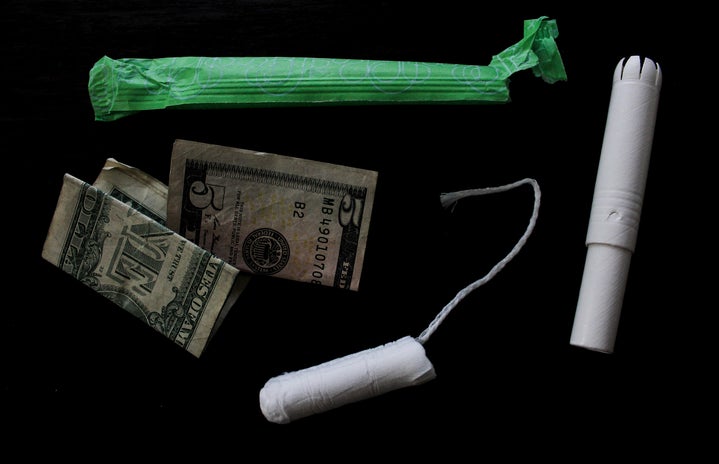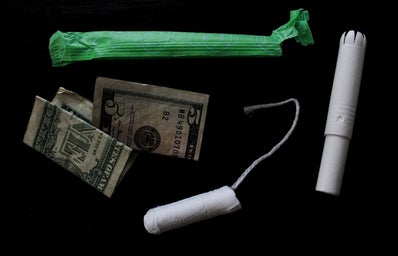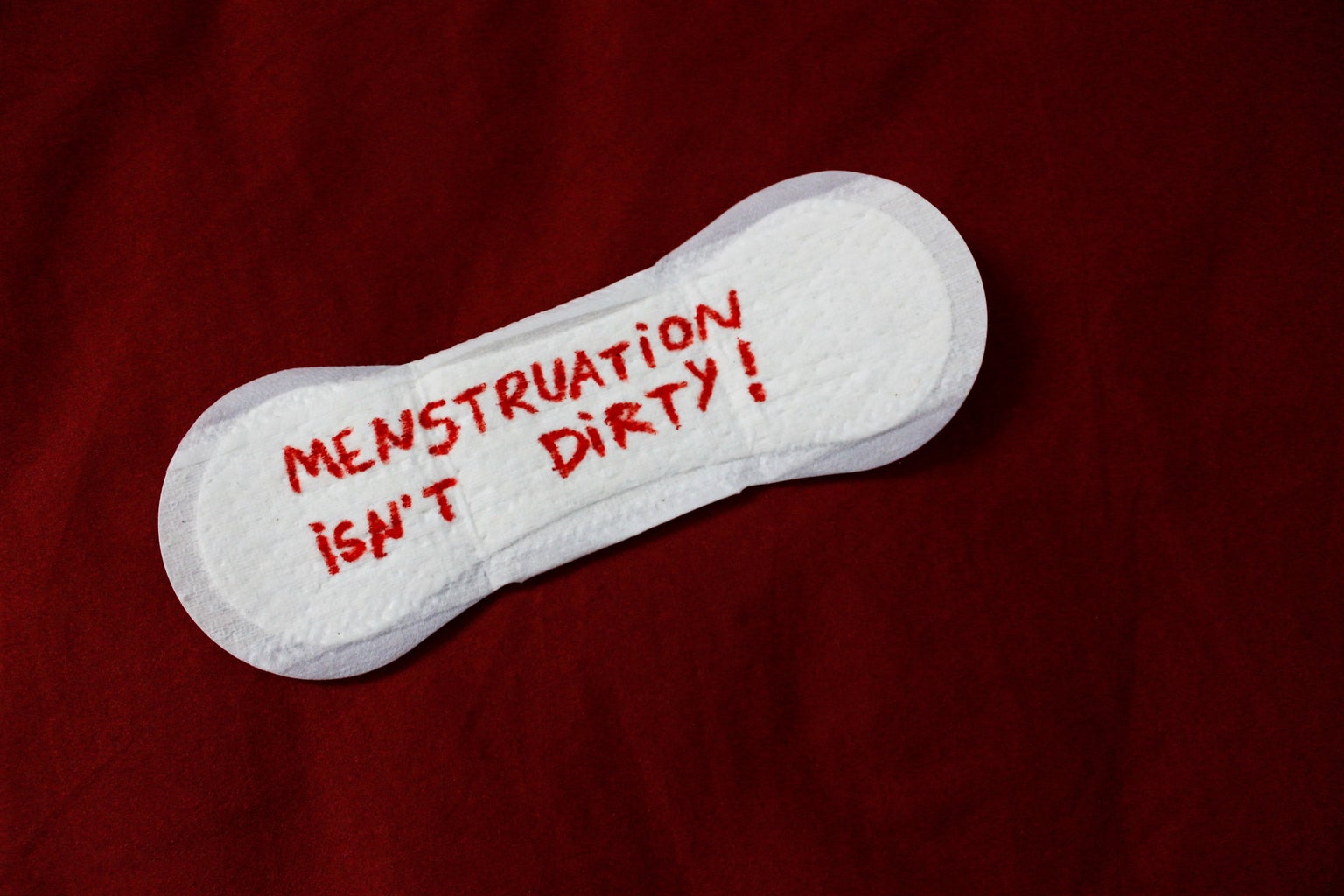For those who have never heard the term “period poverty”, it can be defined as an inadequate access to menstrual resources such as sanitary products. Period poverty is not limited to just the U.S or any single area of the world, it is a huge issue that is seen globally and affects everyone.
All over the world, there is cultural shame placed on women, banning them from a number of activities like pursuing certain careers, participating in certain social events, and taking on certain roles. However, the shame attached to menstruation among women is even worse. For example, menstruating women in Nepal are viewed as ‘impure’ and are banished to menstruation huts during their cycle. Period poverty is not unique to any one country, it’s seen all over the globe. In fact, this universal shame placed upon menstruating women is a huge contributor to the shortage of sanitary products for many populations.
Meaningful strides have been made in the face of period poverty. For example, some states in the U.S passed laws making sanitary products for students as necessary and available as toilet paper, however, it is not enough. Most tampons and pads in public restrooms are still not free, sanitary products are still considered non-essential items so they are over priced and over taxed, children still miss school because of inadequate access to pads or tampons, and food stamps still do not cover sanitary products – and that’s just in the U.S!
According to the American Medical Women’s Association, 2.3 million people in the U.S lack basic sanitation services and products. Taking a look abroad, only 12% of those who menstruate in India have adequate access to period products. This leaves the majority of the population to resort to using rags and sawdust, which as you can imagine, can lead to serious infections. In addition, 50% of school-age girls in Kenya do not have access to pads or tampons.
Why is This Happening?
So why are so many girls and women all over the world not getting the access they need? The answer is simultaneously complex and simple. Our world leaders seem to forget that periods are a result of our biology. Much like the need to go to the restroom, we cannot control our cycles. So why aren’t tampons and pads considered the same as toilet paper in terms of necessity? The complex answer, menstruation is globally stigmatized to the point where sanitary products are considered luxury, hence the “tampon tax”, and period poverty is just another manifestation of women getting the short end of the stick. The simple answer, misogyny.
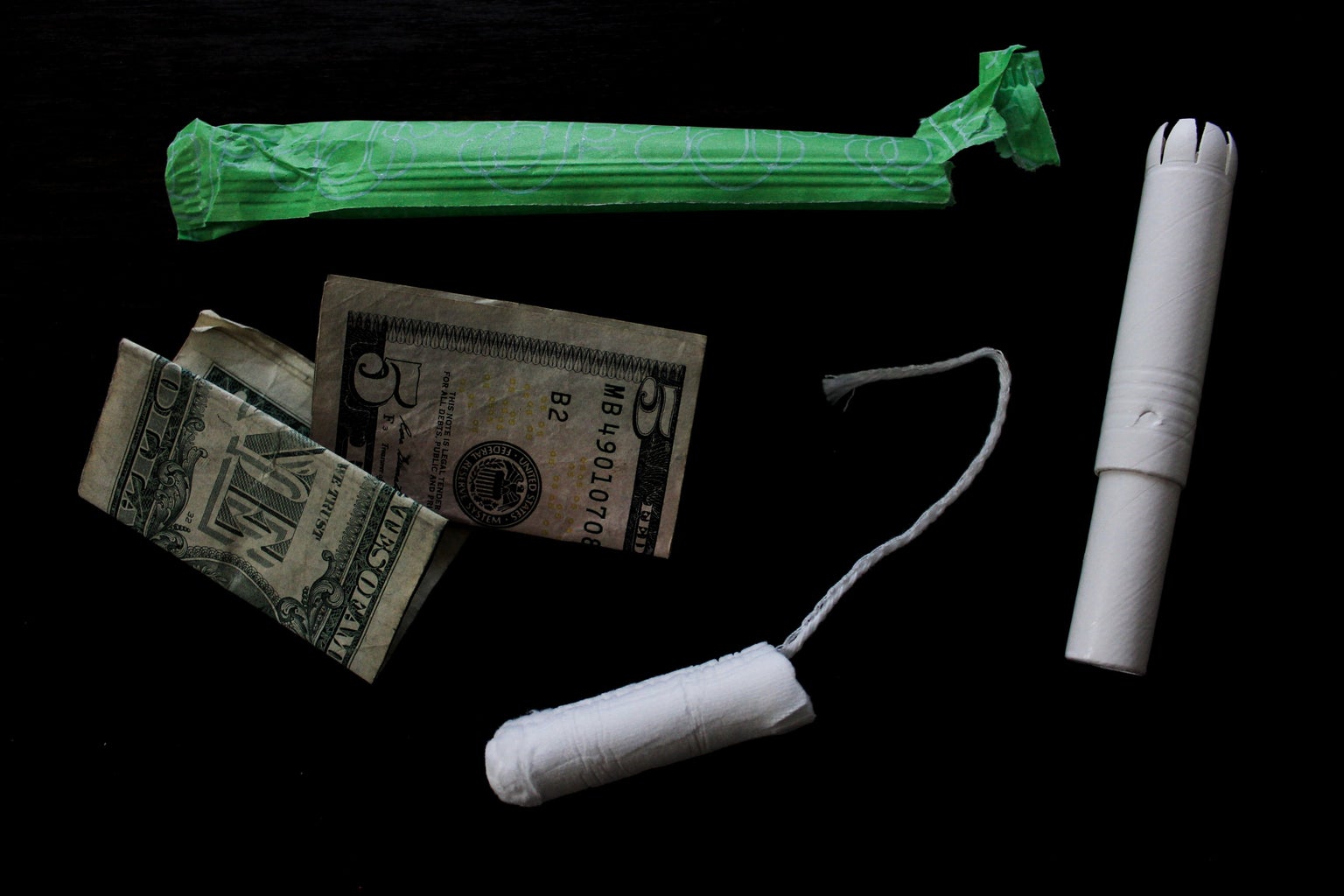
Why is Period Poverty Harmful?
Period poverty is posing itself as a huge threat to not only women’s health but also their professional and social lives. Without access to period products, women resort to less hygienic options as a substitute (like rags, old clothes, and in some cases sawdust), which is not only ineffective but can also cause a plethora of hygiene related infections and illnesses, such as UTIs, yeast infections, and reproductive issues. Putting health aside, period poverty also stunts an individual’s personal growth by staying home from work or school because of fear of bleeding through one’s clothes.
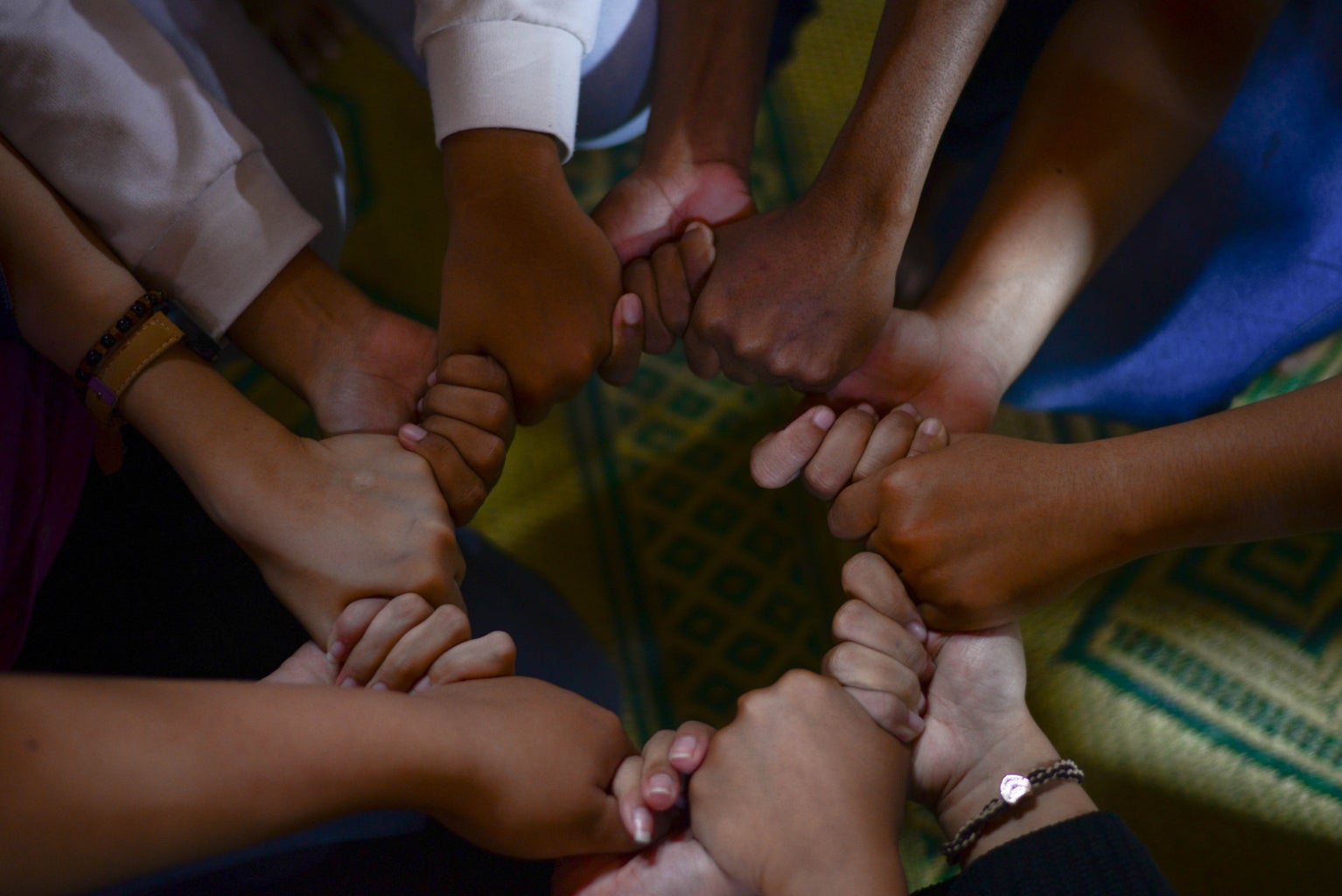
How Do We Take Action?
The first step to ending period poverty is to shed the stigma surrounding menstruation. Talk about periods, advocate for better access to sanitary products, write letters to politicians, and go to protests. In addition, find places to donate period products too. It’s possible that plenty of donation spots allow you to donate sanitary products, you just don’t know. There’s also plenty of online petitions to sign that will directly help whatever organization is looking to end period poverty.
Resources
Donate here to help end period poverty
Donate $3 a month here to provide girls with sanitary kits containing period products
Donate $10 a month here to end the practice of period shaming
